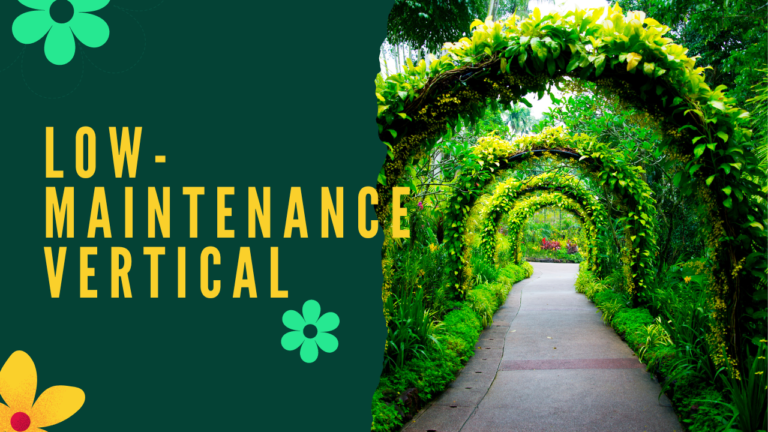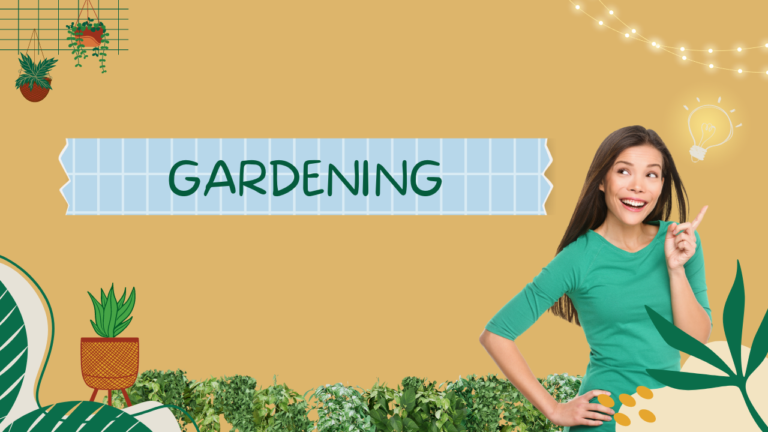Low-Maintenance Urban Landscaping Solutions: A Comprehensive Guide
Urban living often comes with limited space and time constraints, making it essential to find practical and efficient ways to create and maintain green spaces. This guide will provide you with low-maintenance urban landscaping solutions that will help you transform your urban environment into a lush, green oasis without requiring extensive upkeep.
Why Choose Low-Maintenance Urban Landscaping?
Choosing low-maintenance landscaping solutions offers several benefits:
- Time Efficiency: Reduces the amount of time spent on garden care.
- Cost Savings: Lowers expenses related to water, fertilizers, and maintenance tools.
- Sustainability: Promotes eco-friendly practices by using native plants and conserving resources.
- Aesthetic Appeal: Creates beautiful, green spaces with minimal effort.
Planning Your Low-Maintenance Urban Landscape
Assessing Your Space
Before implementing any landscaping solutions, assess your available space:
- Size and Layout: Measure the area and consider the layout, including any existing plants or structures.
- Sunlight: Determine the amount of sunlight your space receives throughout the day.
- Soil Quality: Test the soil to understand its composition and nutrient levels.
Choosing Low-Maintenance Plants
Selecting the right plants is crucial for a low-maintenance urban landscape. Here are some recommendations for low-maintenance urban landscaping solutions:
- Native Plants: These plants are well-adapted to the local climate and require less water and care.
- Perennials: Plants that come back year after year, reducing the need for replanting.
- Drought-Tolerant Plants: Species that require minimal watering, such as succulents and ornamental grasses.
- Ground Covers: Plants like creeping thyme or sedum that cover the ground and reduce the need for weeding.
Low-Maintenance Urban Landscaping Solutions: Practical Ideas
1. Container Gardening
Container gardening is perfect for urban spaces and requires minimal maintenance. Use containers of various sizes and materials to create an attractive garden.
- Self-Watering Containers: Reduce the need for frequent watering.
- Smart Pots: Fabric pots that promote healthy root growth and prevent overwatering.
- Group Plants: Arrange containers in groups to create focal points and make watering easier.
2. Artificial Turf
Artificial turf is an excellent low-maintenance alternative to natural grass. It stays green all year round without the need for mowing, watering, or fertilizing.
- Durability: High-quality artificial turf can withstand heavy foot traffic.
- Cost-Effective: Saves money on lawn care and water bills.
- Eco-Friendly: Reduces water usage and eliminates the need for pesticides.
3. Mulching
Mulching helps retain soil moisture, suppresses weeds, and improves soil health. Use organic mulches like wood chips, straw, or compost.
- Low-Maintenance: Reduces the need for frequent watering and weeding.
- Nutrient-Rich: Organic mulch breaks down over time, adding nutrients to the soil.
- Aesthetic Appeal: Creates a clean, polished look for garden beds.
4. Drip Irrigation Systems
Drip irrigation systems are highly efficient and conserve water by delivering it directly to the plant roots.
- Water Conservation: Reduces water wastage through evaporation and runoff.
- Time-Saving: Automates the watering process, reducing manual labor.
- Healthier Plants: Provides consistent moisture levels, promoting healthy plant growth.
5. Low-Maintenance Hardscaping
Incorporate hardscaping elements like pathways, patios, and retaining walls to reduce the area that needs planting and maintenance.
- Materials: Use durable materials like stone, brick, or concrete.
- Design: Create functional and aesthetically pleasing outdoor spaces.
- Maintenance: Hardscaping requires minimal upkeep compared to planted areas.
Soil and Fertilization
Improving Soil Quality
Healthy soil is the foundation of a low-maintenance garden. Enhance soil quality by adding organic matter like compost or well-rotted manure.
- Soil Testing: Test your soil to determine its pH and nutrient levels.
- Amendments: Add necessary amendments to improve soil structure and fertility.
- Mulching: Apply a layer of mulch to retain moisture and protect the soil.
Slow-Release Fertilizers
Use slow-release fertilizers to provide a steady supply of nutrients to your plants without the need for frequent applications.
- Types: Choose organic slow-release fertilizers like compost, bone meal, or blood meal.
- Application: Follow the manufacturer’s instructions for proper application rates and timing.
- Benefits: Promotes healthy plant growth and reduces the risk of over-fertilizing.
Pest and Weed Control
Natural Pest Control
Avoid synthetic pesticides by using natural pest control methods:
- Beneficial Insects: Attract beneficial insects like ladybugs and lacewings to control pests.
- Neem Oil: A natural insecticide that repels a wide range of pests.
- Companion Planting: Plant herbs and flowers that deter pests, such as marigolds and basil.
Weed Management
Prevent weeds from taking over your garden with these low-maintenance solutions:
- Mulching: Suppresses weed growth by blocking sunlight.
- Ground Covers: Use ground cover plants to compete with weeds and reduce their presence.
- Weed Barriers: Install landscape fabric or cardboard under mulch to prevent weed growth.
Sustainable Practices
Rainwater Harvesting
Collect and use rainwater to irrigate your garden. This is an eco-friendly and cost-effective way to conserve water.
- Rain Barrels: Place barrels under downspouts to collect rainwater.
- Watering Cans: Use collected rainwater to irrigate your plants manually.
- Irrigation Systems: Connect rain barrels to drip irrigation systems for automated watering.
Composting
Composting is an excellent way to recycle kitchen and garden waste into nutrient-rich compost.
- Compost Bins: Choose a compost bin that fits your space and needs.
- Materials: Include a mix of green (nitrogen-rich) and brown (carbon-rich) materials.
- Maintenance: Turn the compost regularly to promote decomposition.
Final Thoughts on Low-Maintenance Urban Landscaping Solutions
Implementing low-maintenance urban landscaping solutions can transform your urban space into a green oasis with minimal effort. By choosing the right plants, using efficient watering systems, and incorporating sustainable practices, you can enjoy a beautiful, low-maintenance garden that enhances your urban living experience. Remember, a little planning and creativity go a long way in creating a garden that is both functional and aesthetically pleasing.
FAQs
1. What are some low-maintenance plants suitable for urban landscaping?
Native plants, perennials, drought-tolerant plants, and ground covers are excellent choices for low-maintenance urban landscaping.
2. How can I conserve water in my urban garden?
Use drip irrigation systems, mulch, and rainwater harvesting to conserve water and reduce wastage.
3. What is the best way to control pests naturally?
Encourage beneficial insects, use neem oil, and practice companion planting to control pests naturally.
4. How often should I fertilize my low-maintenance garden?
Use slow-release fertilizers to provide a steady supply of nutrients without the need for frequent applications.
5. Can I have a low-maintenance garden in a small urban space?
Yes, container gardening, vertical gardens, and hardscaping elements can help you create a low-maintenance garden in small urban spaces.
By incorporating these low-maintenance urban landscaping solutions into your gardening routine, you can create a beautiful and sustainable garden that requires minimal effort and resources. Happy gardening!






